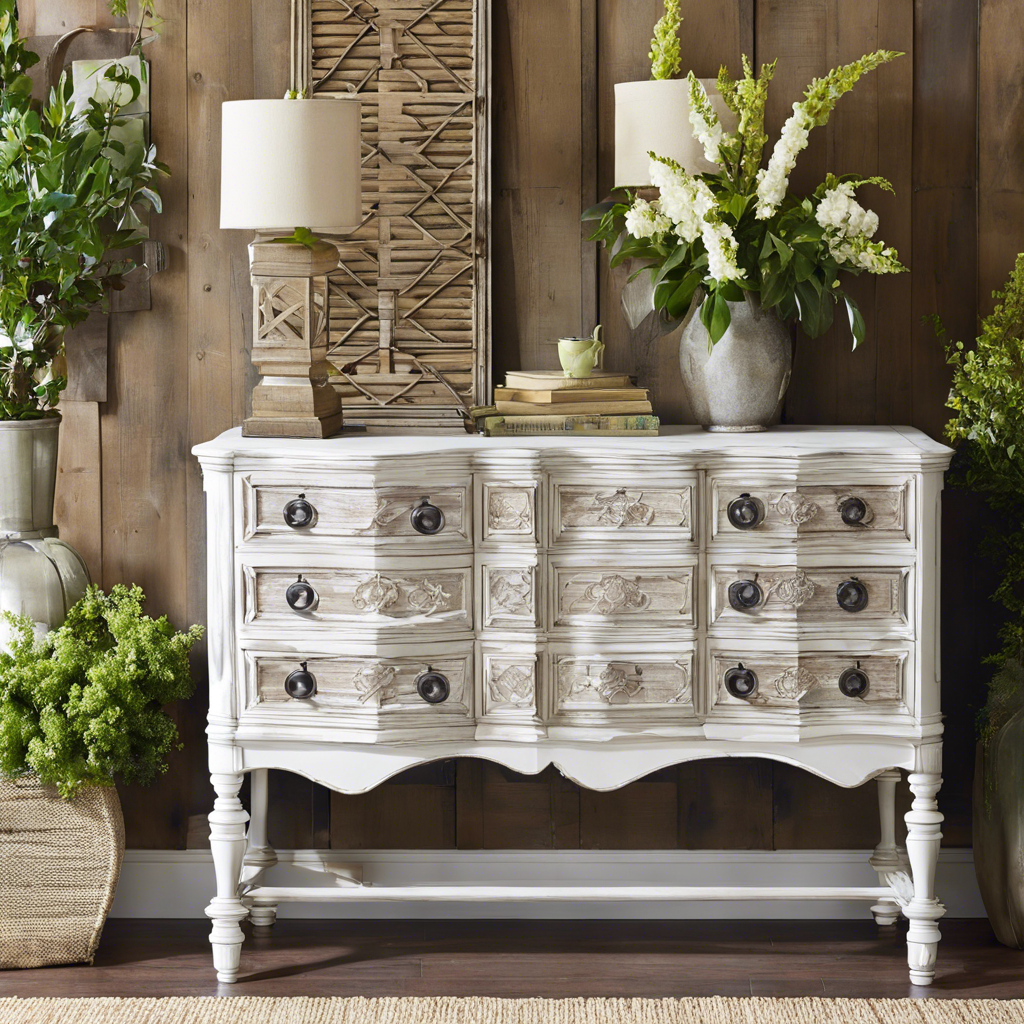Do you have old furniture that’s seen better days? Before you throw it out, consider giving it a makeover! Upcycling furniture is a great way to save money, reduce waste, and create unique pieces for your home. With a little creativity and effort, you can transform old, worn-out furniture into beautiful, custom pieces. Here’s how to breathe new life into your old furniture.
First, assess your piece. Look at the overall structure – is it sturdy? If the furniture is wobbly or has major damage, it might need some repairs before you start the makeover. Small issues like loose screws or minor scratches are usually easy to fix. Clean the piece thoroughly before you begin any work. This will help you see what you’re dealing with and ensure that any new finishes adhere properly.
One of the easiest ways to update furniture is with paint. You can dramatically change the look of a piece just by changing its color. For wood furniture, start by sanding the surface lightly to help the paint stick. Then apply a primer, followed by your chosen paint color. You can use regular wall paint, but for best results, use paint specifically designed for furniture. Don’t be afraid to get creative with color – a bright hue can turn an old dresser into a fun statement piece!
If you want to keep the wood grain visible, consider staining instead of painting. Stain can darken the wood or change its color while still showing the natural grain. To stain wood, first remove the old finish by sanding. Apply the stain following the wood grain, and wipe off excess with a cloth. Finish with a clear sealer to protect the wood.
Another way to update furniture is by changing the hardware. New knobs or handles can give a piece a whole new look. This is especially effective on dressers, cabinets, or side tables. You can find a wide variety of hardware at home improvement stores or online. Just make sure to measure the distance between screw holes before buying new hardware to ensure it will fit.
For upholstered furniture like chairs or ottomans, reupholstering can make a big difference. This is a bit more challenging but still doable for a DIY enthusiast. Start by removing the old fabric and stuffing. Use the old fabric as a pattern to cut your new fabric. Add new stuffing if needed, then attach the new fabric using a staple gun. There are many online tutorials that can guide you through this process step by step.
Sometimes, changing the function of a piece can give it new life. For example, an old dresser could become a bathroom vanity or a TV stand. A ladder could become a bookshelf, or a suitcase could become a side table. Think creatively about how you could use the piece in a new way. This approach often requires some modifications, so plan carefully before you start.
Adding decorative elements can also transform a piece of furniture. Try using stencils to add a pattern to a tabletop or the front of a dresser. Or use decoupage to apply paper or fabric to a surface for a unique look. You could even add molding to a plain dresser to give it a more expensive, custom look.
Don’t forget about the details. Sometimes small changes can make a big difference. For example, adding new feet to a sofa or chair can change its whole look. Or try adding trim or piping to the edges of a cushion for a more finished appearance. These small touches can really elevate your furniture flip.
If your piece has drawers, consider lining them with pretty paper. This adds a fun surprise when the drawers are opened. You can use regular wrapping paper, but adhesive shelf liner is more durable and easier to clean. This is a great way to add a pop of color or pattern to a piece.
Remember, perfection isn’t the goal when flipping furniture. The charm of upcycled pieces often comes from their unique, handmade quality. Don’t worry if your paint isn’t perfectly smooth or if your pattern isn’t exactly aligned. These “imperfections” add character and show that your piece is truly one-of-a-kind.
Finally, be patient with the process. Furniture flipping often involves multiple steps, and you may need to wait for paint or glue to dry between stages. Take your time and enjoy the creative process. When you’re done, you’ll have a unique piece of furniture and the satisfaction of knowing you made it yourself!
